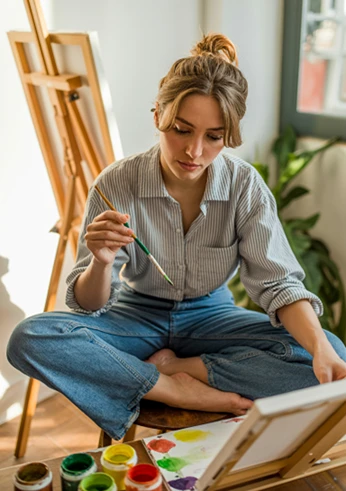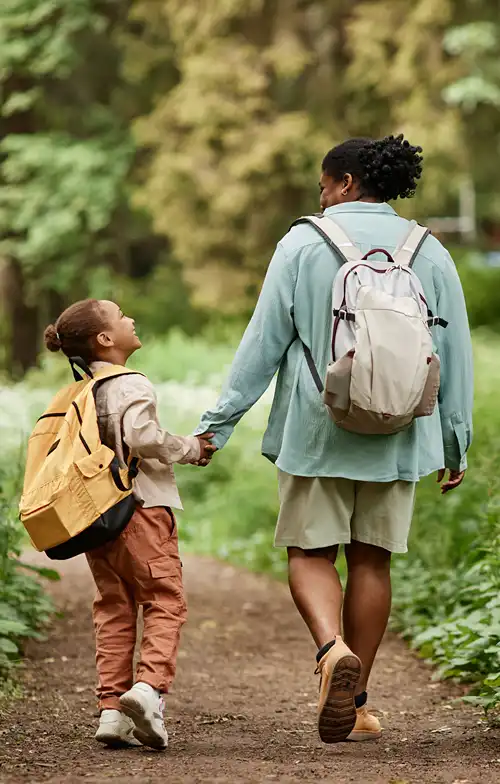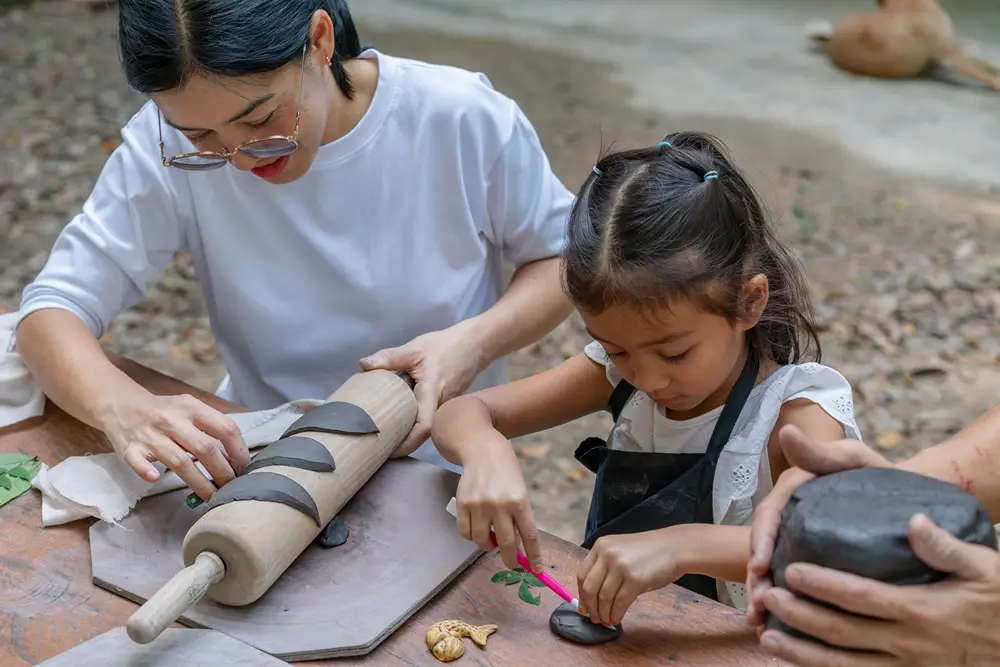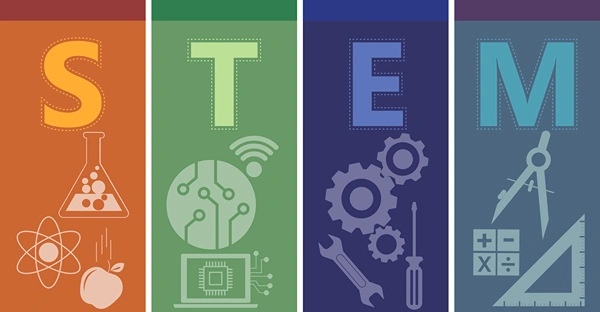How to Build Strong Learning Habits for Children With Delays
Learning is not always simple for children. Even basic school routines can feel overwhelming for many families. It takes time, patience, and a lot of support. When a child has developmental delays, the challenge becomes even bigger.
Parents try everything—new learning toys, different routines, school pressure, and endless advice. Yet progress still feels slow. It is easy to wonder if your child will keep up or if you are doing enough to help.
Developmental delays do not mean a child cannot learn. They simply need a different way to learn. A different rhythm. A different kind of support. Strong learning habits grow when children feel understood, safe, and guided at their own pace.
If you are looking for simple ideas to support that journey, this article is for you. Read on to find helpful ways to build learning habits for children!
Understanding Developmental Delays
Developmental delays are more common than many parents realize. These delays can show up in different ways and at different ages. Some children need more time with speech. Others may struggle with social interaction, movement, or problem-solving. A delay does not mean a child cannot learn. It simply means they need a different approach and more guided support.
Common areas where delays appear:
- Communication and speech
- Motor skills and coordination
- Behavior and emotional development
- Learning and problem-solving
- Social interaction
Understanding the delay is the first step. In the next step, parents start searching for how to help a child with developmental delay and soon discover that professional guidance makes a big difference. Specialists understand how children grow and which skills need extra attention. Their support may include:
- Speech or language therapy
- Sensory and behavior therapy
- Early learning intervention
- Emotional and developmental guidance
Service providers like Cultivate BHE help parents build a clear plan and understand what their child needs. They use structured strategies, assessments, and expert programs that support communication, social skills, and learning habits. Professional help gives direction, reduces stress for parents, and creates progress that is easier to see and maintain.
Build Learning Through Routine and Structure
Children grow when life feels predictable. A routine creates comfort because the child knows what comes next. This helps reduce anxiety and improve attention. Simple routines can be added to the day, even if schedules are busy.
Helpful ways to build routine:
- Use visual schedules and charts
- Break tasks into smaller steps
- Give gentle reminders
- Keep learning activities short
Structure gives children more confidence. It teaches them how to follow directions, finish tasks, and stay focused. What seems like a small moment at home—reading time, structured play, or daily practice—helps build long-term habits.
Consistency is more important than perfection. A few minutes every day often works better than long sessions once in a while.
Create a Supportive Learning Environment
A calm home makes learning easier. When a child feels safe, their mind becomes open to growth. Parents can create a learning-friendly space at home without changing everything.
Examples include:
- Soft lighting or natural light
- Quiet corners for reading or play
- Removing distractions
- Easy access to books, puzzles, or educational toys
- Using positive words during challenges
A supportive environment includes emotional safety. Praise small steps. Applaud effort. Allow trial and error. Children need time to learn, and they learn faster when they feel understood.
Use Play, Movement, and Interaction
Play is not separate from learning—play is learning. Children connect ideas through movement, touch, and imagination. These activities help build language skills, problem-solving, and social ability.
Engaging activities include:
- Pretend play and storytelling
- Simple puzzles
- Music and rhythm activities
- Building blocks or creative toys
- Sensory activities like water, sand, or clay
Play encourages children to explore. When learning feels like play, children stay engaged for longer and feel more confident.
Movement also supports brain development. Outdoor time, walks, and light physical activity improve attention and energy.
Work With Professionals and Maintain Long-Term Consistency
Parents do not have to do everything alone. Professional support guides the journey and helps avoid confusion or delays in treatment. Therapists, special educators, pediatric experts, and school support teams offer clear strategies and goals.
Professional guidance also helps:
- Set realistic expectations
- Track progress over time
- Teach new communication techniques
- Create age-appropriate learning plans
- Support emotional and social development
Parents can then continue these methods at home. The strongest learning habits are built when everyone works together—at home, school, and with professionals.
Conclusion
Every child learns in a different way. Growth may take time, but small habits support big changes. Children improve when routines are clear, when the home environment encourages learning, and when play becomes part of daily life. Professional guidance adds direction and strength to this journey. What matters most is consistency, patience, and support.
Learning habits do not appear overnight. They develop slowly. With the right approach, every child can gain skills, confidence, and independence at their own pace.










